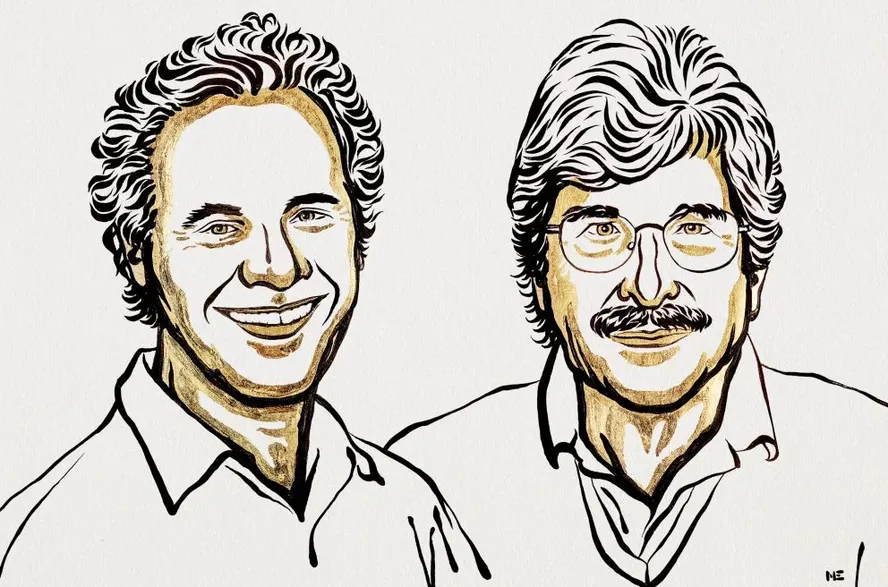The Nobel Prize in Medicine, microRNA and their function were discovered and explained by the researchers
Biologists Victor Ambros and Gary Ruvkun will receive the Nobel Prize in Medicine or Physiology 2024 for the discovery of microRNA and its role in gene post-transcriptional regulation.
The Nobel Academy has pointed out that the award to Victor Ambros and Gary Ruvkuneb has been made to explain the basic principle governing the activity of genes. In particular, microRNA was found which evidenced the fundamental principle of gene regulation. It is now known that the human genome encodes more than 1,000 microRNAs and that they are essential for the development and functioning of organisms.
In fact, although all cells in an organism have the same information in DNA, organs and tissues have different types of cells. This distinction is the result of a specific regulation of gene activity. This allows muscle, intestinal, or nervous system cells, for example, to perform specialized functions. On the contrary, errors in gene regulation can lead to diseases such as cancer, diabetes or autoimmune diseases.
The worm Caenorhabditis elegans gave the key
In the late 1980s, Victor Ambros and Gary Ruvkun were post-doctoral fellows at Robert Horvitz's laboratory, who were also awarded the Nobel Prize in 2002, along with Sydney Brenner and John Sulston. The Caenorhabditis elegans worm is investigated in Horvitz's laboratory. Although the worm is small, it has many types of specialized cells, such as nerve and muscle cells, which are also found in larger and more complex animals, so it is a good model to investigate how the tissues of multi-cellular organisms develop.
Ambros and Ruvkun focused their attention on the mechanism that controls that several types of cells develop at the right time. Two mutant strains of worm, lin-4 and lin-14, which had failures in activation times, were analyzed. Ambros had previously proven that lin-4 was a negative regulator of the other, that is, that it blocked him; but they didn't know how to do it.
At the same time, Gary Ruvkun investigated lin-14 gene regulation at Massachusetts General Hospital and Harvard Medical School. And it showed that lin-4 did not inhibit the production of mRNA of lin-14. Apparently, the regulation occurred at a stage after the process of gene expression. The two winners compared their findings with so many others, which was a novel discovery. A new principle of genetic regulation was discovered through a type of RNA that was not previously known: microRNA. The results were published in 1993 in two articles of the journal Cell.
At first they had no echo in the scientific community, most believed that C. elegans was a peculiarity of the earthworm. However, in 2000, Ruvkun's research team published the finding of another micro RNA encoded by the let-7 gene. Unlike Lin-4, the let-7 gene is highly conserved throughout the animal kingdom. The article aroused great interest and in the following years hundreds of different microRNs were identified. Today we know that there are over a thousand genes in humans for different microRNAs and that genetic regulation by microRNAs is universal among multicellular organisms. Furthermore, genetic research has shown that, without microRNAs, cells and tissues do not develop normally. For example, mutation of a protein necessary for the production of microRNA causes DICER1 syndrome, a strange but severe syndrome associated with cancer.






